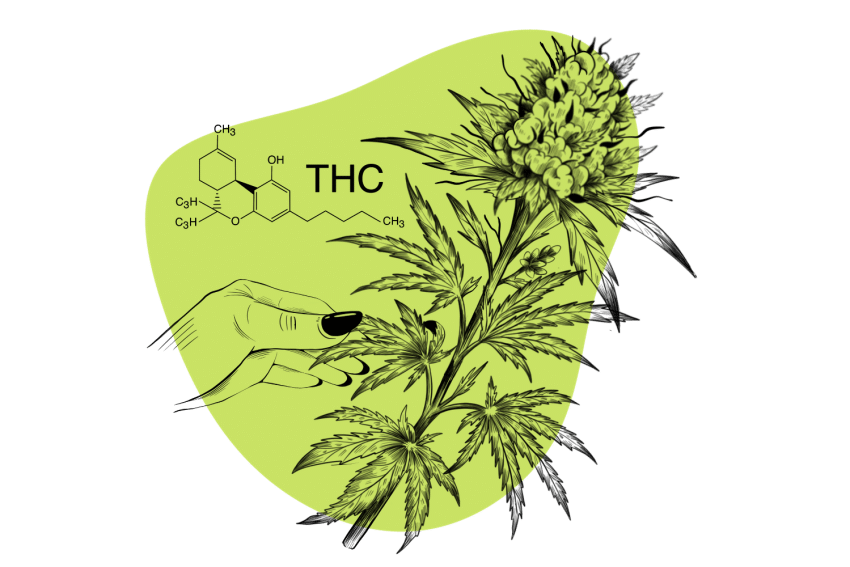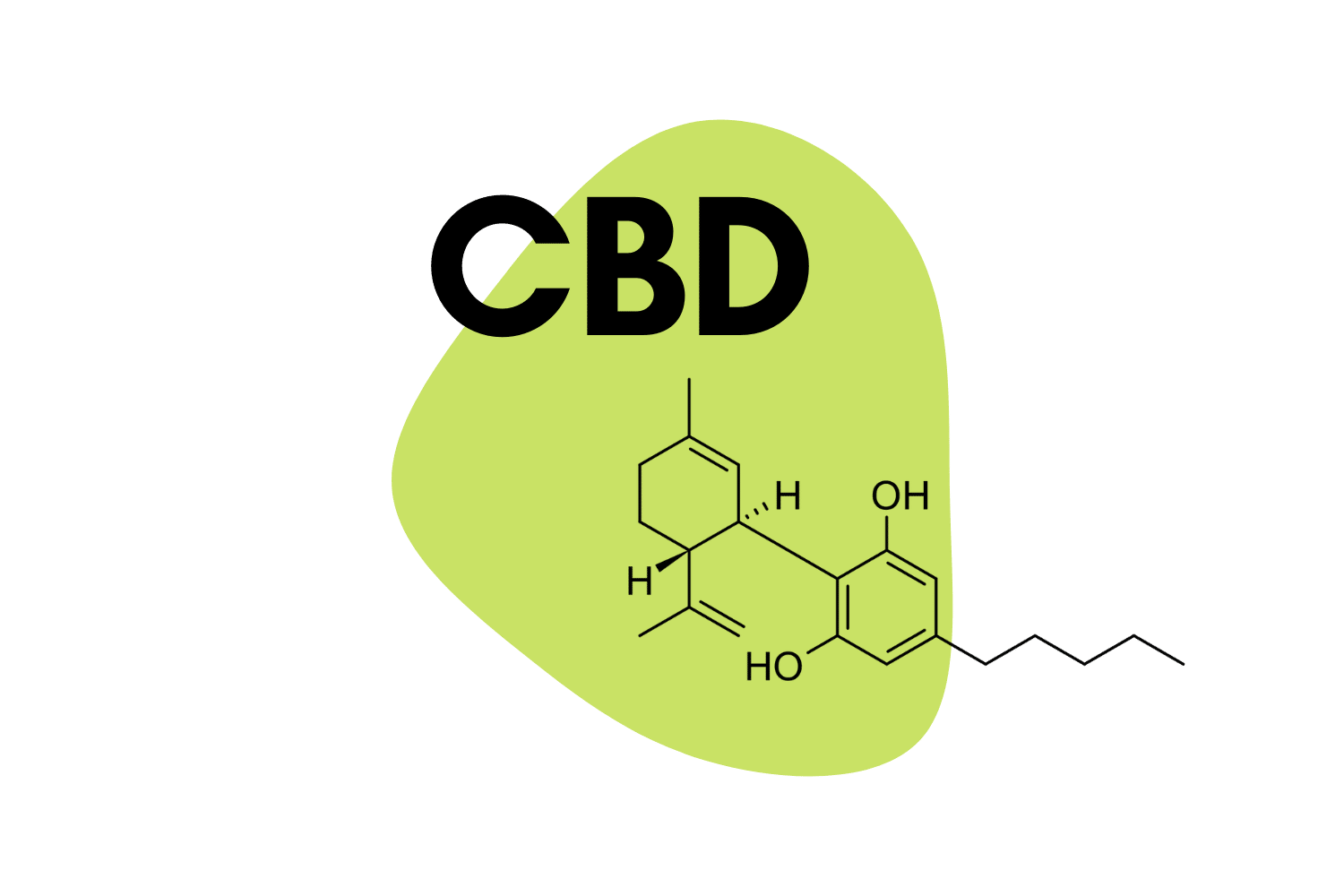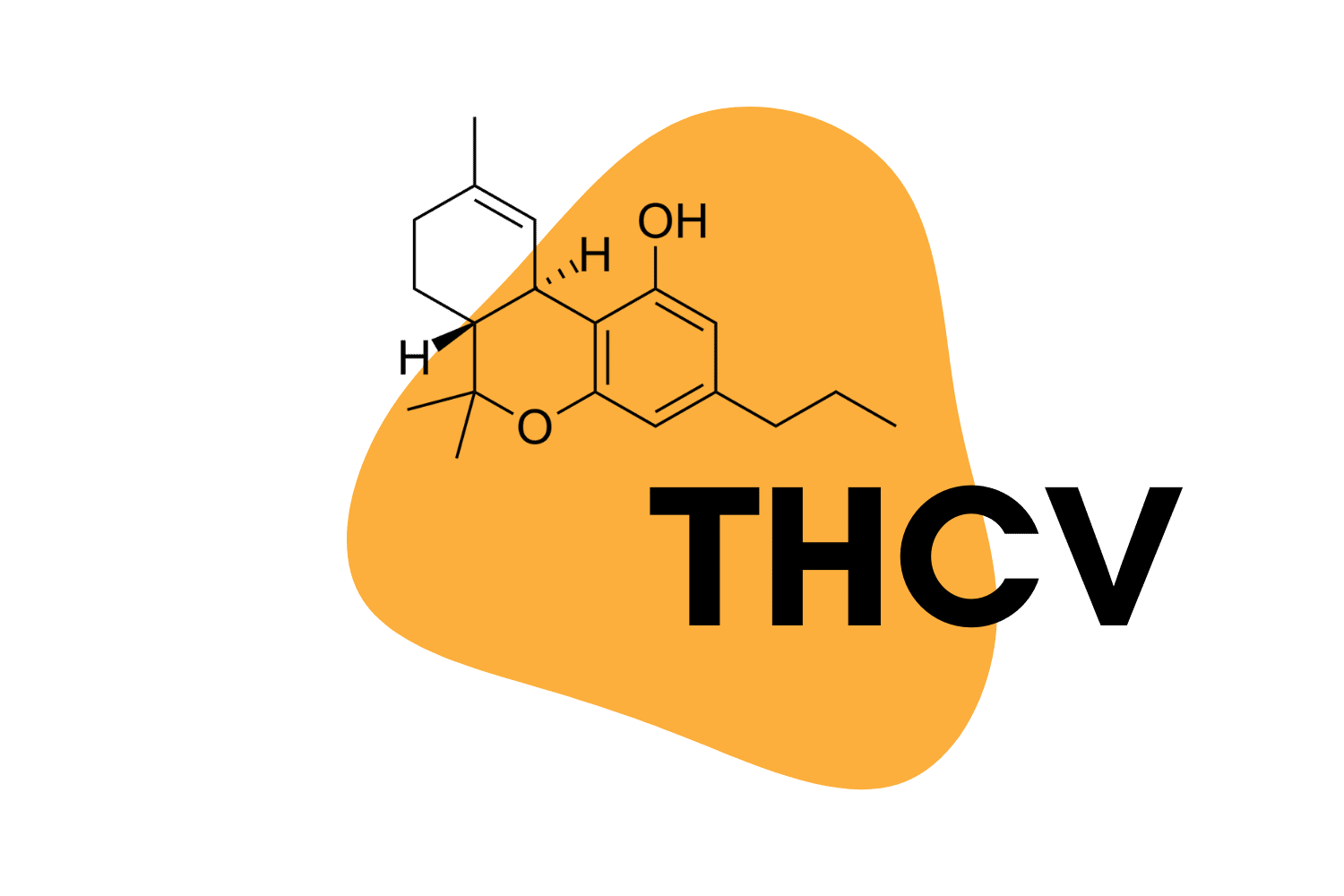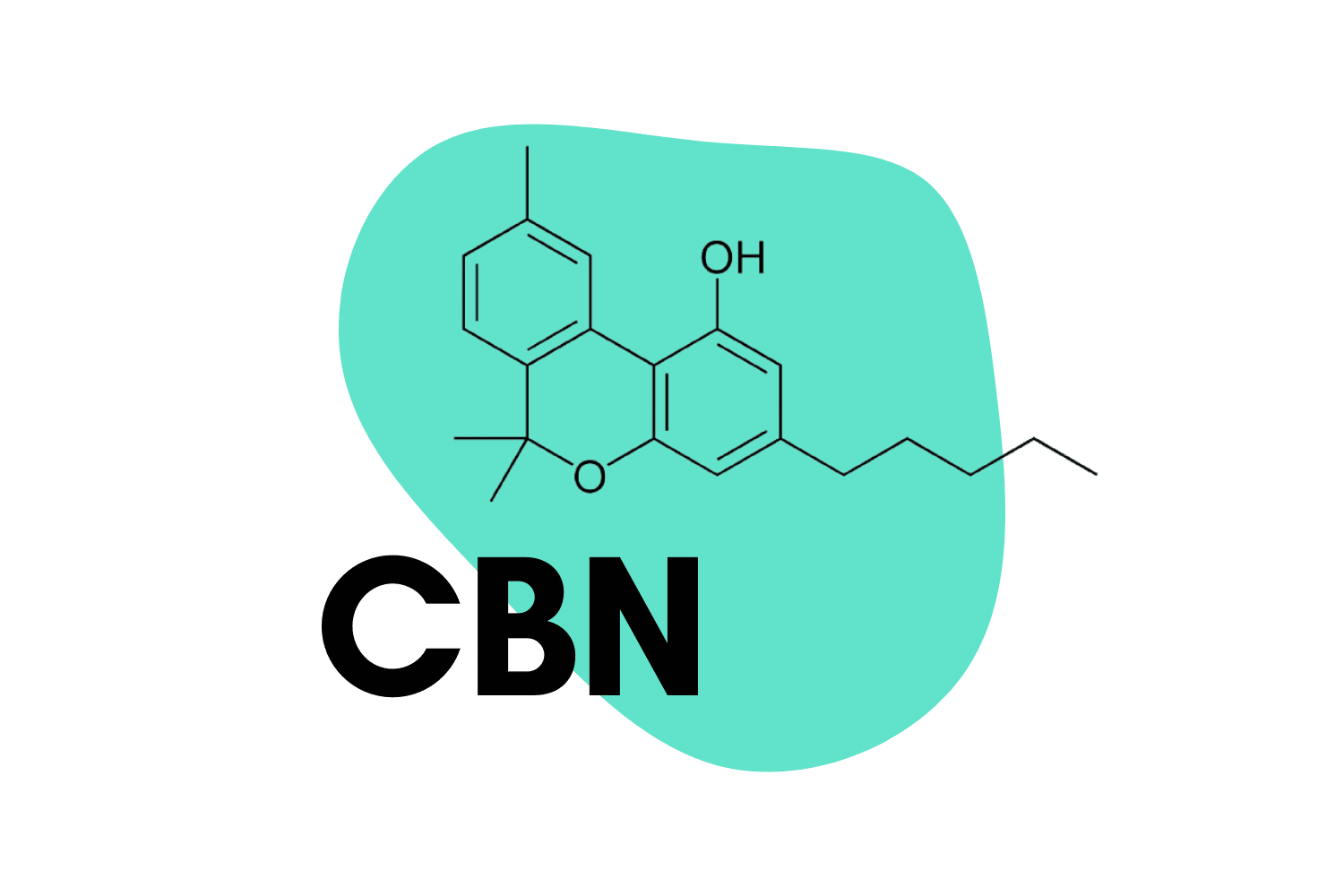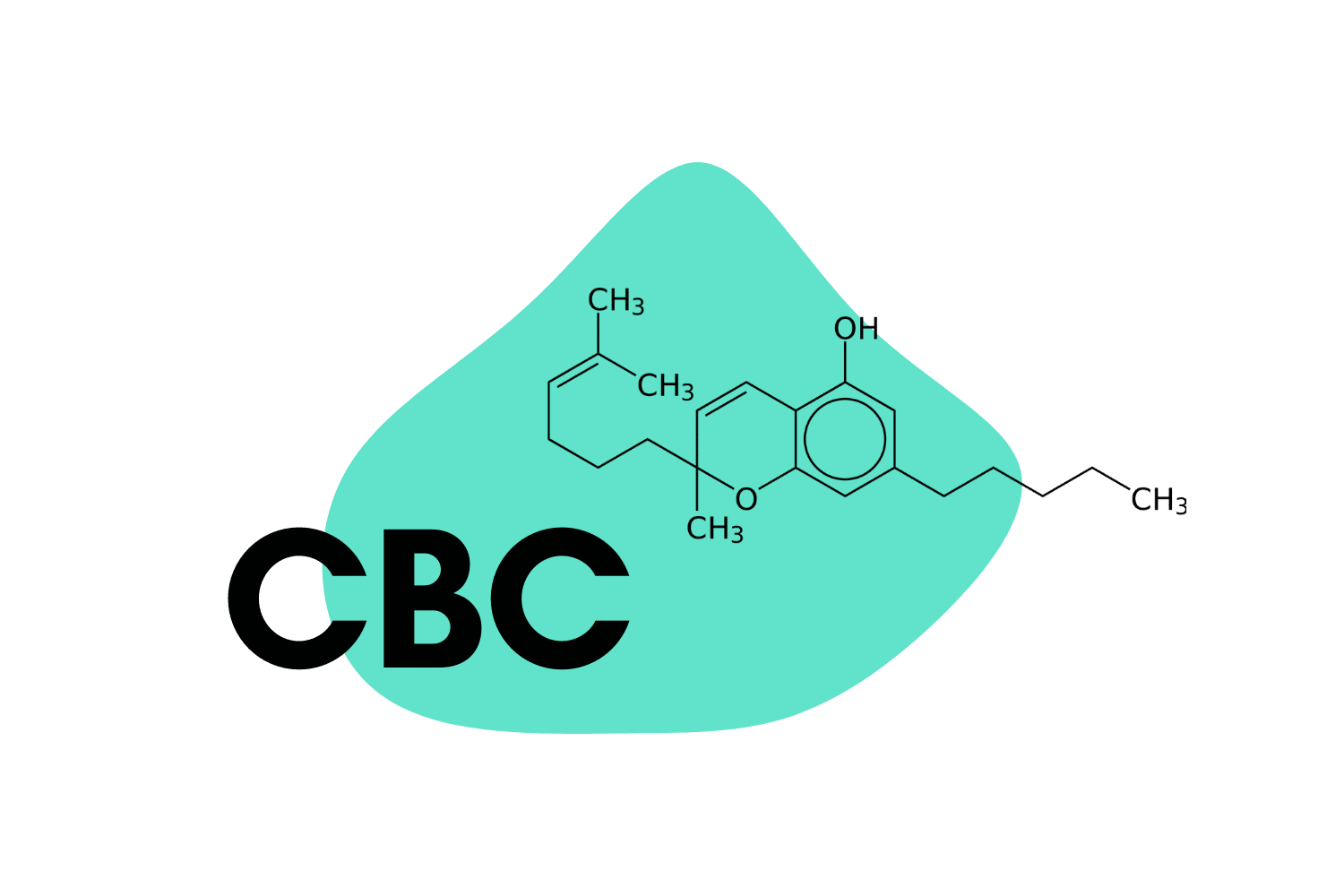CBG Explained: The Mother of All Cannabinoids
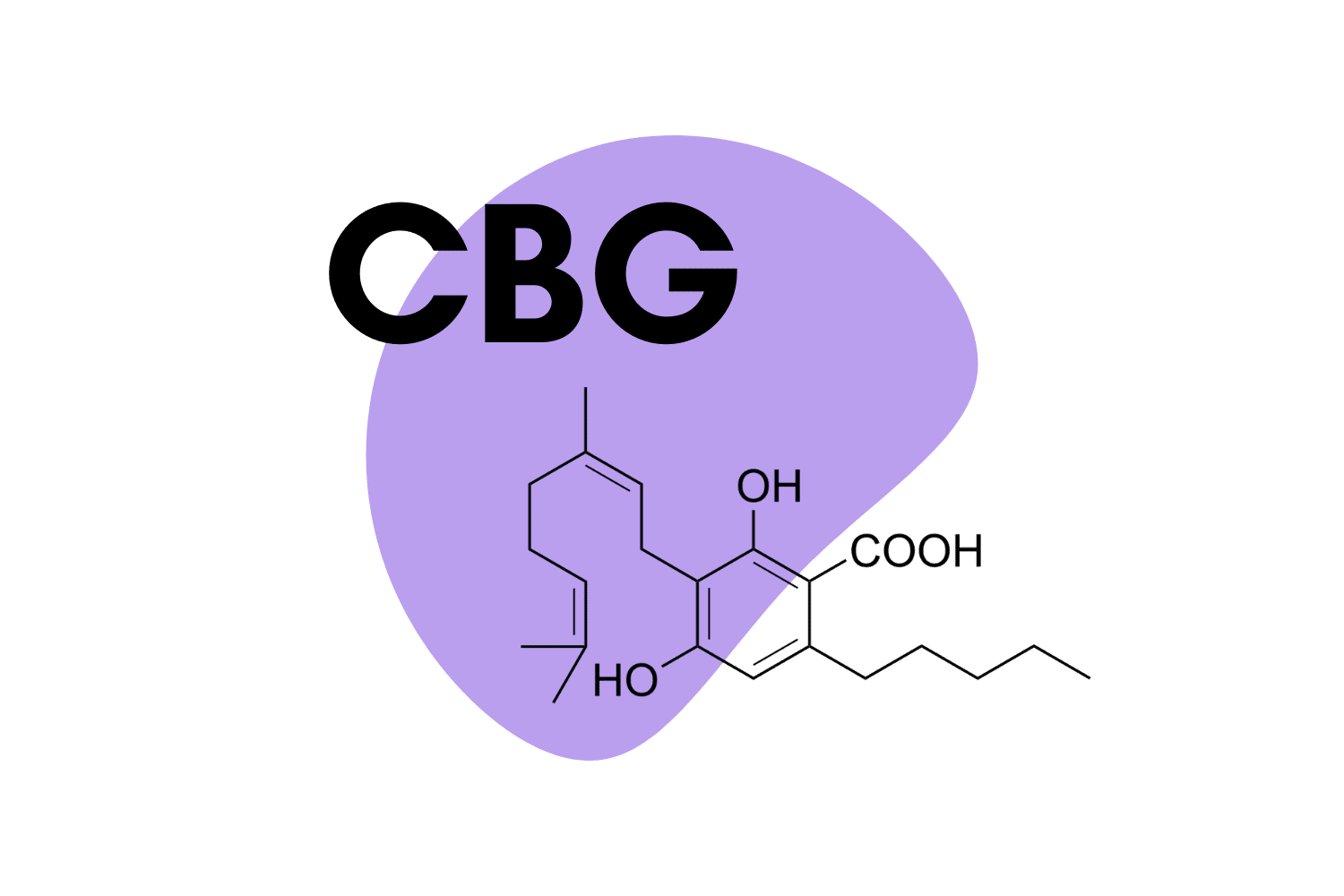
THC and CBD have long been the most popular cannabinoids in cannabis plants. However, users and medical professionals alike have recently turned their attention to cannabigerol (CBG), another major cannabinoid that is commonly called the “mother of all cannabinoids.”
Below, you’ll learn all you need to know about CBG, including what it’s used for, how it works, and why it’s become so popular over the past 12 months.
What Is CBG?
CBG is the precursor molecule for delta 9 THC, CBD, and CBC. This fact has earned CBG titles like “the cannabis stem cell” and “the mother of all cannabinoids.”
Both hemp and marijuana plants produce CBG in high concentrations, usually around weeks 3 and 4 of the flowering cycle. From here, CBG is converted to other cannabinoids depending on what the plant needs. Marijuana plants convert more of the CBG to THC, while hemp converts most of it to CBD instead.
Because CBG was viewed as a simple precursor molecule, little focus has been spent examining its benefits — until recently.
Today, we know CBG offers more than just a starting material for building other cannabinoids. CBG has its own set of effects and advantages to offer.
CBG is most similar to CBD — it’s non-psychoactive and offers a wide range of health benefits by interacting with the endocannabinoid system. Where the effects differentiate stem from its capacity to activate the adrenergic receptors and enhance both mental and physical energy. CBG is most commonly used for cognitive enhancement and immune regulation.
It’s also used in combination with CBD or CBN to help alleviate anxiety and insomnia.
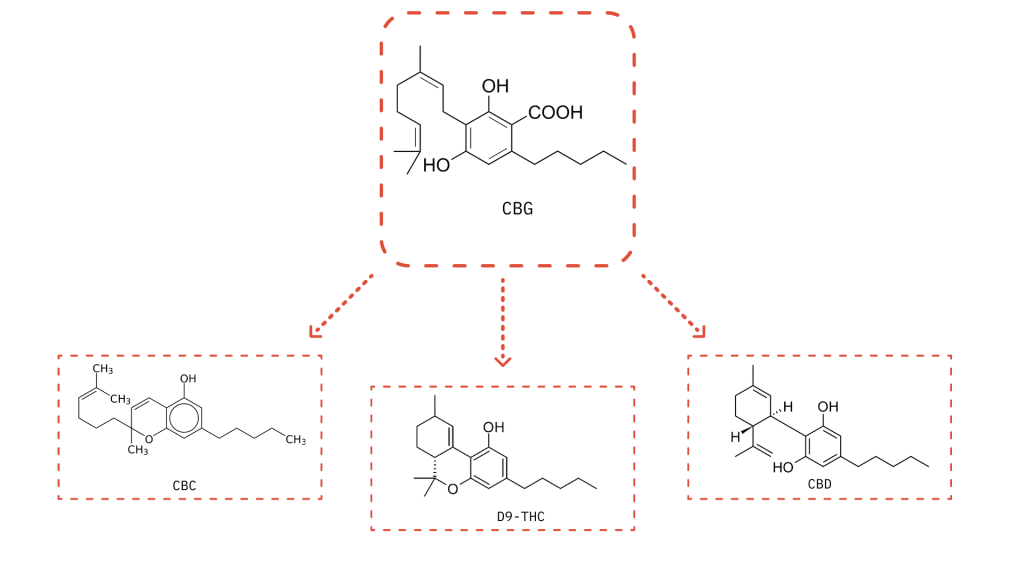
Where Does CBG Come From?
CBG is manufactured and secreted in the resin of flowering female cannabis plants. Experts maintain that CBG and other cannabinoids offer the plants protection from destructive forces in nature, including UV light from the sun as well as insects or other pests.
The primary cannabinoid produced in marijuana and hemp plants is cannabigerolic acid (CBGa). Over time, CBGa is naturally converted via enzymatic activity into other cannabinoids, including tetrahydrocannabinolic acid (THCa), cannabidiolic acid (CBDa), and cannabichromenic acid (CBCa).
In turn, these cannabinoids are eventually converted to THC, CBD, and CBC, respectively, when exposed to heat, time, or UV radiation.
CBGa can also break down to CBG naturally, although this reaction isn’t as common as the others.
CBG products are generally made by harvesting hemp or marijuana plants early (before CBG is converted to other cannabinoids). The CBG is then extracted, isolated, and converted into capsules, dabs, oils, or gummies. Most companies combine CBG with other cannabinoids, such as CBD, CBC, CBN, or THC.
Is CBG Natural?
Yes, CBG is a wholly natural cannabinoid present in all members of the Cannabis genus. No other natural cannabinoids would exist without CBG.
CBG can also be made synthetically from scratch or converted from other cannabinoids like CBD through a process called isomerization.
There’s also a genetically modified yeast species that’s been designed to biosynthesize cannabinoids like CBG. This process tends to have a high yield, so it is a promising possibility for future CBG synthesis.
Typically, CBG is simply extracted and concentrated from under-ripe hemp flowers.
Also See: List of Natural Psychedelic Substances.
Is CBG Psychoactive?
No, CBG is non-psychoactive, even in high doses.
Some users report some mild cognitive effects after using high doses of CBG; these sensations are a far cry from the psychoactive properties of other cannabinoids such as THC.
Most users report a feeling of enhanced focus after using CBG. It feels as though you’re on autopilot physically, so your mind can exert more power towards high-level cognitive processes instead. You remain entirely present and centered but may feel a sense of relaxation or numbness in the body.
Many users report feeling a sense of mental sharpness rather than dullness or confusion that often accompanies the psychoactive cannabinoids.
Is CBG Legal?
CBG remains legal worldwide, including in the United States. However, there is one important caveat to its legal status: it must be hemp-derived.
CBG is present in all cannabis plants, including both marijuana and hemp. Marijuana — now legally defined in the U.S. as cannabis plant material containing more than 0.3% delta 9 THC — is illegal in many parts of the world, including America. In areas where marijuana is illegal, marijuana-derived CBG is also illegal for sale, possession, and consumption.
Hemp-derived CBG remains legal in any areas where hemp is legal. If you plan on purchasing or using CBG, it’s best to confirm that it comes exclusively from federally-legal hemp first.
Related: List of Legal Psychoactive Substances Around The World.
How Does CBG Work?
CBG interacts with the endocannabinoid system (ECS), a complex series of receptors — called CB1 and CB2 receptors — and signaling pathways that play a role in virtually every other organ system in the human body.
The endocannabinoid system helps maintain the balance between the central nervous system (brain and spinal cord) and the peripheral nervous system (everything else). It’s this broad approach that gives cannabinoids like CBG such a wide range of therapeutic effects.
Like CBD and many other non-psychoactive cannabinoids, CBG doesn’t have a strong interaction with CB1 receptors. Instead, CBG is considered a partial agonist of CB2 receptors [1]. The CB2 receptors are involved with immune regulation (including pain and inflammation), muscle relaxation, skin cell regeneration, individual organ function, and much more.
What Are the Benefits of CBG?
While there is more research surrounding the effects of THC and CBD on the body, there is already abundant scientific evidence that CBG has a myriad of potential medical benefits.
CBG is believed to be a promising treatment option for cardiovascular issues, as it inhibits aldose reductase activity [2], an enzyme involved in oxidative protection.
CBG has also been shown to be a useful appetite stimulant [3], making it a viable treatment option for patients with metabolic disorders, anorexia, and those living with HIV or AIDS.
Finally, and most notably, there is evidence to suggest that cannabigerol can serve as an anti-tumor agent [4], being specifically helpful in treating colon cancer [5] and for reducing the size of brain tumors [6].
Is CBG Safe? What Are the Risks?
Cannabigerol is considered a relatively safe cannabinoid, with very few short-term or long-term side effects.
In large doses, some users report headaches, increased heart rate, red eyes, and dry mouth, most of which are symptoms associated with other cannabinoids as well. More research is needed to confirm any long-term side effects, but presently, there are no severe effects confirmed by scientific studies.
With that being said, the method of CBG consumption can play a role in long-term effects. Many users smoke or vape young hemp or marijuana flower to enjoy the benefits of CBG. Inhaling smoke or vapor has been linked to an increased risk of lung cancer, other types of cancer, and inflammation or irritation of the bronchioles and lungs
What’s the Standard Dose of CBG?
CBG is still an up-and-coming cannabinoid in the world of hemp and marijuana, so far fewer people use it than CBD, THC, and other major cannabinoids. However, CBG is easily compared to CBD, so the standard dose is about the same.
The average dose for CBG is about 25 mg, but some users take as much as 100 mg at a time.
Most users recommend a dose of around 10 mg for beginners and then slowly increase by increments of 5 mg until the desired effects are reached.
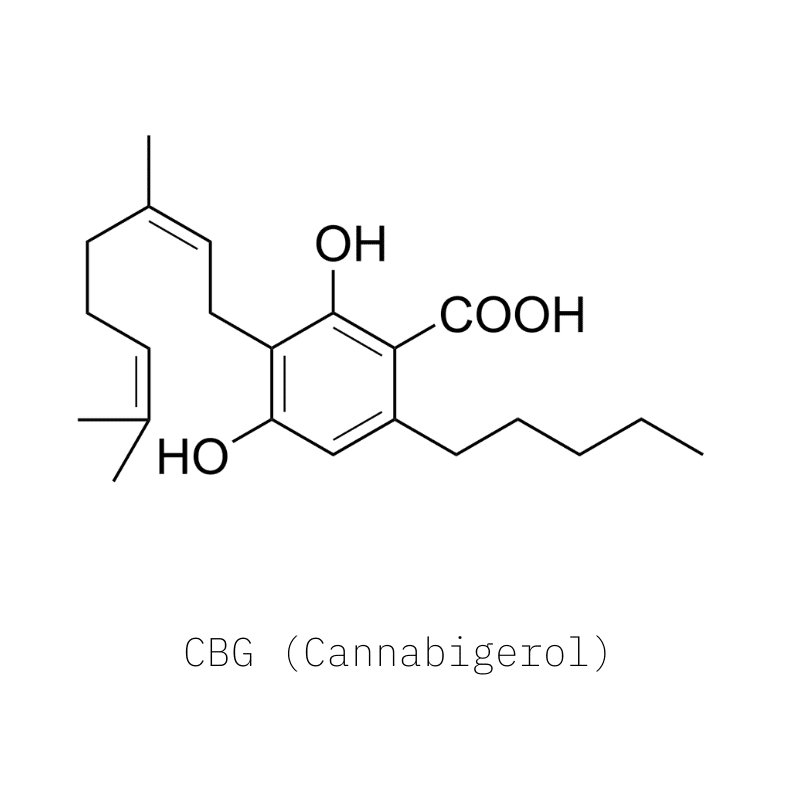
Final Thoughts: CBG, The Mother of All Cannabinoids
Cannabigerol (CBG) is a lesser-known phytocannabinoid, but it appears naturally in some cannabis plants in higher concentrations than THC, CBD, and other major cannabinoids. It’s produced via the enzymatic processing or degradation of cannabigerolic acid (CBGa). This cannabinoid is considered the mother of all cannabinoids, as it eventually gets converted to all other cannabinoids.
Hemp-derived CBG is legal in most countries, including the United States. Its widespread legality and promising potential medical benefits are causing an increase in popularity, more abundant research, and greater availability as a standalone cannabinoid.
References
- Navarro, G., Varani, K., Reyes-Resina, I., Sánchez de Medina, V., Rivas-Santisteban, R., Sanchez-Carnerero Callado, C., … & Franco, R. (2018). Cannabigerol action at cannabinoid CB1 and CB2 receptors and at CB1–CB2 heteroreceptor complexes. Frontiers in pharmacology, 9, 632.
- Smeriglio, A., Giofrè, S. V., Galati, E. M., Monforte, M. T., Cicero, N., D’Angelo, V., … & Circosta, C. (2018). Inhibition of aldose reductase activity by Cannabis sativa chemotypes extracts with high content of cannabidiol or cannabigerol. Fitoterapia, 127, 101-108.
- Brierley, D. I., Samuels, J., Duncan, M., Whalley, B. J., & Williams, C. M. (2016). Cannabigerol is a novel, well-tolerated appetite stimulant in pre-satiated rats. Psychopharmacology, 233(19), 3603-3613.
- Dariš, B., Verboten, M. T., Knez, Ž., & Ferk, P. (2019). Cannabinoids in cancer treatment: Therapeutic potential and legislation. Bosnian journal of basic medical sciences, 19(1), 14.
- Nallathambi, R., Mazuz, M., Namdar, D., Shik, M., Namintzer, D., Vinayaka, A. C., … & Koltai, H. (2018). Identification of synergistic interaction between cannabis-derived compounds for cytotoxic activity in colorectal cancer cell lines and colon polyps that induces apoptosis-related cell death and distinct gene expression. Cannabis and cannabinoid research, 3(1), 120-135.
- Lah, T. T., Novak, M., Pena Almidon, M. A., Marinelli, O., Žvar Baškovič, B., Majc, B., … & Nabissi, M. (2021). Cannabigerol is a potential therapeutic agent in a novel combined therapy for glioblastoma. Cells, 10(2), 340.


